
How is AI Transforming Digital Marketing?
Discover how AI transforms digital marketing through automation, personalized strategies, and data-driven insights.
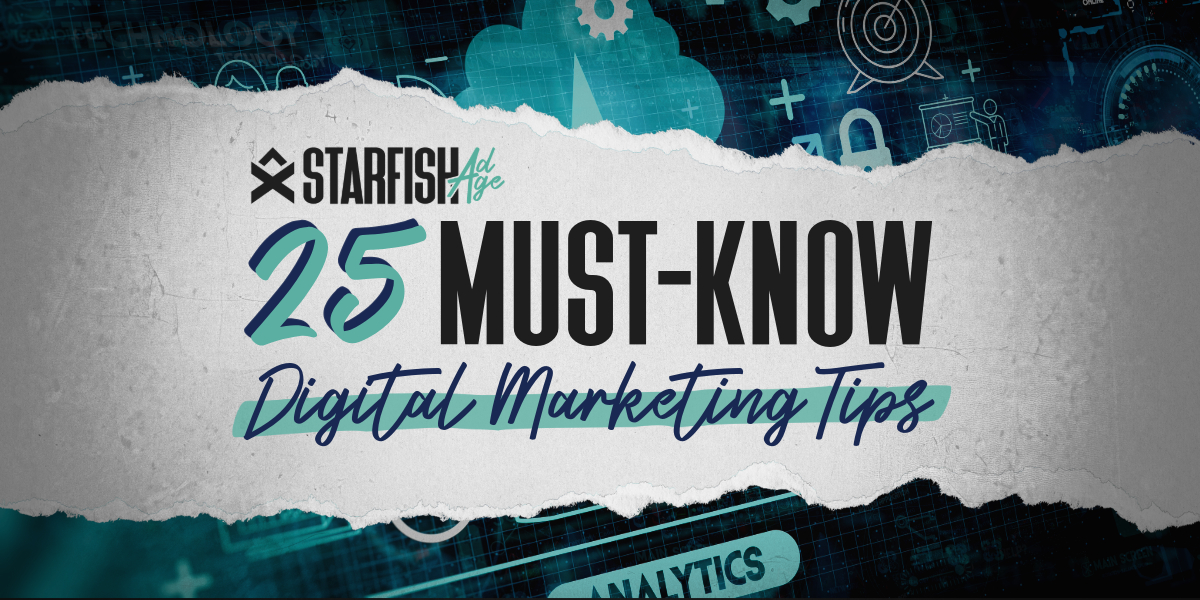
Digital marketing encompasses a wide range of online strategies aimed at promoting products and services. These strategies include search engine optimization (SEO), pay-per-click (PPC) advertising, social media marketing, content marketing, email marketing, and more. Each of these tactics uniquely creates a comprehensive digital marketing plan that can significantly impact a business’s success.
For small businesses, digital marketing provides opportunities to compete with larger companies by leveling the playing field. Unlike traditional marketing, which often requires substantial budgets, digital marketing offers more affordable options with precise targeting capabilities. This means small businesses can reach their ideal customers without breaking the bank. From increasing online visibility to attracting potential customers and driving sales, digital marketing is essential for any small business owner looking to grow and succeed in today’s market.
The costs of digital marketing can vary widely depending on the services used, the industry, and the scale of the campaigns. For instance, SEO and content marketing might require a consistent investment over time to yield results, whereas PPC campaigns have a more immediate cost associated with each click or impression. Additionally, the complexity of your campaigns, the competitiveness of your industry, and the expertise of the digital marketing agency you choose can all influence costs. It’s essential to set a budget that aligns with your business goals and to track ROI to ensure your spending is effective. Regularly reviewing your own marketing budget and adjusting it based on performance can help maximize your digital marketing efforts without overspending.
Success can be measured using various metrics such as website traffic, conversion rates, click-through rates, and social media engagement. Tools like Google Analytics provide in-depth insights into website performance, including visitor behavior, traffic sources, and conversion paths. Social media platforms offer analytics that can show you engagement rates, follower growth, and interaction levels. Key Performance Indicators (KPIs) tailored to your specific goals—like sales, lead generation, or brand awareness—will help you determine the effectiveness of your campaigns. By setting clear objectives and regularly analyzing these metrics, you can make data-driven decisions to optimize your marketing strategies for better results.
Key services include SEO, social media marketing, content marketing, email marketing, and PPC advertising. SEO helps your website rank higher in search engine results, making it easier for potential customers to find you. Social media marketing builds brand awareness and engagement through platforms like Facebook, Instagram, and LinkedIn. Content marketing involves creating valuable content to attract and retain a clearly defined audience. Email marketing allows for direct communication with your existing customers first, fostering loyalty and encouraging repeat business. PPC advertising, like Google Ads, provides immediate visibility by placing your ads in front of potential customers who are actively searching for your products or services. The specific needs may vary depending on the business and industry, but these core services form the foundation of a strong digital marketing strategy.
Improving your online presence involves optimizing your website for search engines, creating valuable content, engaging on your social media channels, and utilizing email marketing. Start by ensuring your website is user-friendly, mobile-responsive, and optimized with relevant keywords. Regularly publish high-quality content that addresses the needs and interests of your target audience. Actively engage with your audience on social media platforms by posting updates, responding to comments, and participating in relevant conversations. Utilize email marketing to keep your customers informed about new products, promotions, and company news. Regularly updating your website and interacting with your audience can enhance your online visibility and credibility, helping you build a robust online presence that attracts and retains customers.
Choosing the right digital marketing agency requires careful consideration of several factors. Start by evaluating the agency’s experience and expertise in your industry. Look for client testimonials and case studies to gauge their track record of success. Assess their approach to communication and support; a good agency should be responsive and transparent, keeping you informed about the progress of your campaigns. Ensure the agency understands your business goals and can provide customized strategies to meet your needs. Additionally, consider their range of services and whether they can offer a comprehensive solution that covers all aspects of digital marketing. By taking the time to research and vet potential agencies, you can find a partner that will help you achieve your marketing objectives effectively.
Small businesses must embrace digital marketing to stay relevant and thrive. Traditional marketing methods, such as print ads and billboards, can be costly and cannot often target specific audiences. In contrast, digital marketing provides cost-effective solutions that can be tailored to reach a precise audience on a few platforms, making every marketing dollar count.
Digital marketing enables small businesses to connect with their audience on a deeper level. Through social media platforms, businesses can engage directly with customers, answer questions, and build relationships. Email marketing allows for personalized communication, ensuring customers feel valued and appreciated. SEO ensures that local businesses appear in search engine results when potential customers are looking for their products or services, driving organic traffic to their websites.
Moreover, digital marketing offers measurable results. Businesses can track the performance of their campaigns in real-time, allowing them to make data-driven decisions and optimize their strategies for better outcomes. This ability to measure and adjust campaigns ensures that businesses can continually improve their marketing efforts, ultimately leading to increased brand awareness, customer loyalty, and revenue.
By utilizing these digital marketing techniques, small businesses can enhance their online presence, compete with larger companies, and achieve sustainable growth. Embracing digital marketing is not just an option for small businesses; it’s a necessity in today’s digital age.
SEO involves optimizing your website to rank higher in search engine results pages (SERPs). It includes using targeted keywords, creating high-quality content, and improving site structure to make your website more attractive to search engines like Google. SEO is a long-term strategy that, when done correctly, can drive organic traffic and increase your website’s visibility.
On-page SEO focuses on optimizing individual pages on your website. Use relevant keywords in your content, meta descriptions, headers, and image alt texts. Ensure your content is informative, engaging, and valuable to your visitors. Additionally, make sure your website’s design is user-friendly and the navigation is intuitive to enhance the overall user experience.
Off-page SEO includes activities outside your website that impact your rankings, such as building high-quality backlinks from reputable websites, engaging in social media marketing, and managing your own strong online presence and reputation. By earning backlinks from authoritative sources, you can improve your website’s credibility and search engine ranking.
Engage with industry influencers and participate in online forums to build relationships and acquire backlinks. Social media interactions and guest blogging are excellent ways to enhance your online presence and drive traffic to your website. Remember, off-page SEO is about creating a trustworthy and authoritative, digital presence and footprint.
Technical SEO involves optimizing your website’s backend to improve its crawlability and indexability. Ensure your site is mobile-friendly, has a fast loading speed, and uses secure HTTPS encryption. Search engines favor websites that offer a seamless and secure browsing experience to users.
Improve your site structure by creating a clear and logical hierarchy, using breadcrumb navigation, and submitting a sitemap to search engines. Fix any broken links and ensure all pages are accessible. A well-structured website not only helps search engines crawl your site more efficiently but also enhances the user experience.
Local SEO is vital for small businesses targeting a local audience. Optimize your Google My Business profile, use local keywords, and encourage satisfied customers to leave positive reviews. Being visible in local search results can significantly boost foot traffic and local sales.
Participate in local events, collaborate with nearby businesses, and get local business featured in local directories. Building a strong local presence helps establish your business as a trusted community partner. Use local SEO strategies to connect with nearby customers who are searching for your products or services.
Social media platforms like Facebook, Instagram, Twitter, LinkedIn, and Pinterest are essential for connecting with your audience. They allow you to share content, engage with followers, and build a community around your brand. Being active on a social media platform helps you stay top-of-mind with your audience.
Post regularly and ensure your content is relevant, entertaining, and informative. Use a mix of images, videos, and text to keep your audience engaged. Interact with your followers by responding to comments and messages promptly to build relationships and trust.
Create a business page, post regularly, and use Facebook Ads to target specific demographics. Engage with your followers by responding to comments and messages promptly. Facebook’s powerful advertising tools allow you to reach a highly targeted audience and track the performance of your campaigns.
Use Facebook Insights to analyze your page’s performance and understand your audience’s preferences. Insights provide valuable data on the types of posts that generate the most engagement, helping you refine your content strategy. By understanding your audience better, you can tailor your posts to meet their needs and interests.
Leverage Instagram’s visual nature by posting high-quality photos and videos. Use Instagram Stories, IGTV, and Reels to increase engagement. Don’t forget to use relevant hashtags to reach a broader audience. Instagram’s visual platform is perfect for showcasing products and behind-the-scenes content.
Create a cohesive aesthetic for your Instagram profile to make it visually appealing. Consistent use of colors, filters, and themes helps establish brand identity. Engage with your audience by running contests, posting user-generated content, and collaborating with influencers to increase your reach.
Tweet regularly, use trending hashtags, and engage in conversations relevant to your industry. X is great for real-time updates and customer service. By participating in trending topics and engaging with your followers, you can increase your brand’s visibility and influence.
Analyze your X performance using Twitter Analytics. Track metrics like impressions, engagement, and follower growth to understand what types of content resonate with your audience. Use this data to refine your X strategy and improve your overall engagement.

LinkedIn is ideal for B2B marketing. Share industry insights, join relevant groups, and connect with potential clients and partners. Use LinkedIn Ads to target professionals in specific industries. LinkedIn’s professional network is perfect for establishing your business as an industry thought leader.
Regularly share articles, case studies, and updates about your business. Engage with your connections by commenting on their posts and participating in discussions. Building a strong LinkedIn presence helps you connect with industry professionals and potential clients.
Pinterest is perfect for businesses with visually appealing products. Create boards that showcase your products, use keywords in your pin descriptions, and engage with your audience by repinning and commenting. Pinterest is a powerful platform for driving traffic to your website through visual content.
Design eye-catching pins with clear, high-quality images and compelling descriptions. Use Pinterest Analytics to track the performance of your pins and understand what resonates with your audience. By creating visually appealing content, you can attract more followers and drive traffic to your site.

Content marketing focuses on creating and sharing valuable content to attract and engage your target audience. This can include blog posts, videos, infographics, ebooks, and more. Content marketing helps establish your brand as an authority and build trust with your audience.
Create a content calendar to plan and schedule your posts. Ensure your content is relevant to your audience’s interests and provides value. Regularly update your content to keep it fresh and engaging. A well-executed content marketing and social media strategy can drive organic traffic and generate leads.
Blogging is a powerful tool for driving traffic to your website and establishing your expertise. Write informative and engaging blog posts on topics relevant to your audience. Use keywords strategically to improve your search engine rankings and attract organic traffic.
Share your blog posts on social media platforms and in your email newsletters. Encourage readers to share your content to increase its reach. Guest blogging on other websites can also help you reach a broader audience and build backlinks to your site.
Video content is highly engaging and can capture your audience’s attention more effectively than text alone. Create tutorials, product demonstrations, behind-the-scenes footage, and even customer interactions and testimonials to showcase your brand. Videos can be shared across multiple platforms, including social media, YouTube, and your website.
Ensure your videos are high-quality, informative, and entertaining. Keep them short and to the point to maintain viewer interest. Use compelling visuals and clear audio to enhance the viewing experience. Regularly posting videos can help you build a loyal audience and drive traffic to your website.
Infographics are visual representations of information, data, or knowledge designed to present complex information quickly and clearly. They are highly shareable and can drive traffic to your website. Infographics can help establish your brand as an authority in your industry by providing valuable insights in a visually appealing format.
Use a mix of graphics, text, and data to create engaging infographics. Ensure the information is accurate and sourced from reliable references. Promote your infographics on social media platforms and in your blog posts to increase their visibility. Well-designed infographics can significantly enhance your content marketing efforts.
Ebooks and whitepapers are long-form content pieces that provide in-depth information on a specific topic. They can help you establish authority and generate leads. Offer them as free downloads in exchange for email addresses to build your email list.
Promote your ebooks and whitepapers on your website, social media platforms, and email newsletters. Use compelling calls-to-action to encourage downloads. High-quality long-form content can help you attract and nurture potential customers.
Podcasting allows you to reach your audience in a more personal and engaging way. Discuss industry trends, interview experts, and share your insights. Podcasts can help you build a loyal audience and position your brand as a thought leader.
Invest in good-quality recording equipment and editing software. Plan your episodes in advance and promote them on your website and social media platforms. Encourage listeners to subscribe and leave reviews to increase your podcast’s visibility.
Email marketing involves sending targeted messages to your audience to promote your products or services. It can help you nurture relationships with your customers, drive traffic to your website, and increase sales. Use personalized and relevant content to keep your subscribers engaged.
Collect email addresses through website sign-ups, social media promotions, and in-store events. Offer incentives like discounts or free resources to encourage sign-ups. Regularly clean your email list to ensure it remains up-to-date and engaged.
Create newsletters that are informative, engaging, and relevant to your audience. Include a mix of content, such as company news, blog highlights, and special offers. Use compelling subject lines to increase open rates and include clear calls-to-action to drive conversions.
Track metrics like open rates, click-through rates, and conversions to measure the success of your newsletters. Use this data to refine your content and improve future campaigns. Regularly sending engaging newsletters can help you maintain a strong relationship with your audience.

Automated email campaigns can save you time and ensure consistent communication with your audience. Set up welcome emails, follow-up emails, and abandoned cart reminders to engage with your subscribers at the right time. Automation allows you to deliver personalized and timely messages.
Use email marketing tools to create workflows and triggers for your automated campaigns. Monitor the performance of your automated emails and make adjustments as needed. Automation helps you nurture leads and drive sales more effectively.
A well-designed website enhances the user experience and builds trust with your audience. Ensure your business website is visually appealing, easy to navigate, and optimized for search engines. A professional website can significantly impact your online presence and conversions.
Ensure your website is mobile-friendly to provide a seamless experience for users on smartphones and tablets. Use responsive design techniques to adapt your website to different screen sizes. A mobile-friendly website improves user satisfaction and search engine rankings.
Good UX design ensures that your website is easy to navigate and provides a positive experience for visitors. Use clear navigation menus, fast loading times, and intuitive layouts. A great user experience can increase engagement and reduce bounce rates.
Regularly test your website’s usability and gather feedback from users. Use this data to make improvements and enhance the overall experience. A website that offers a smooth and enjoyable experience will keep visitors coming back.
E-commerce solutions allow you to sell products or services online, reaching a broader audience. Ensure your online store is user-friendly, secure, and easy to navigate. E-commerce can significantly boost your sales and revenue.
Choose a reliable e-commerce platform and set up your online store with clear product descriptions, high-quality images, and secure payment options. Promote your store through your website, social media platforms, and email marketing campaigns.
Analytics helps you track and measure the performance of your digital marketing efforts. Use tools like Google Analytics to monitor website traffic, user behavior, and conversion rates. Data-driven decisions can improve your marketing strategies and achieve better results.
Identify key performance indicators (KPIs) relevant to your business goals. Regularly review your analytics reports to understand what’s working and what needs improvement. Use this data to optimize your marketing campaigns and drive better results.
CRO involves optimizing your website and marketing campaigns to increase the percentage of visitors who take a desired action, such as making a purchase or filling out a contact form. Small improvements can significantly impact your conversion rates.
Conduct A/B tests to compare different versions of your web pages and determine which performs better. Gather feedback from users to identify pain points and areas for improvement. Continuous testing and optimization can help you achieve higher conversions.

Influencer marketing involves partnering with individuals who have a large and engaged following on social media platforms. Influencers can help you reach a broader audience, build trust, and drive sales. Choose influencers who align with your brand values and target audience.
Reach out to potential influencers and build genuine relationships. Collaborate on campaigns that provide value to both parties. Monitor the success of your influencer campaigns and adjust your strategy as needed.
Digital marketing is a powerful tool that small businesses can no longer afford to ignore. By embracing a variety of digital marketing strategies, like SEO, social media marketing, content creation, and PPC advertising, small businesses can significantly enhance their online presence, attract more customers, and drive sales. These digital marketing tips for small business owners are designed to provide practical, actionable insights that can be implemented to achieve tangible results. Whether you’re just starting out or looking to refine your existing efforts, these strategies offer a roadmap to success in the digital world.
Partnering with the right digital marketing agency can further amplify your efforts, bringing in expertise, advanced tools, and a strategic approach tailored to your unique needs. As the digital landscape continues to evolve, staying informed and adaptable is key. With the right mix of strategies and a commitment to continuous improvement, your small business can thrive online, outpacing competitors and reaching new heights. Remember, the journey to digital marketing success is ongoing, but with dedication and the right guidance, the rewards are well worth the effort.

Discover how AI transforms digital marketing through automation, personalized strategies, and data-driven insights.
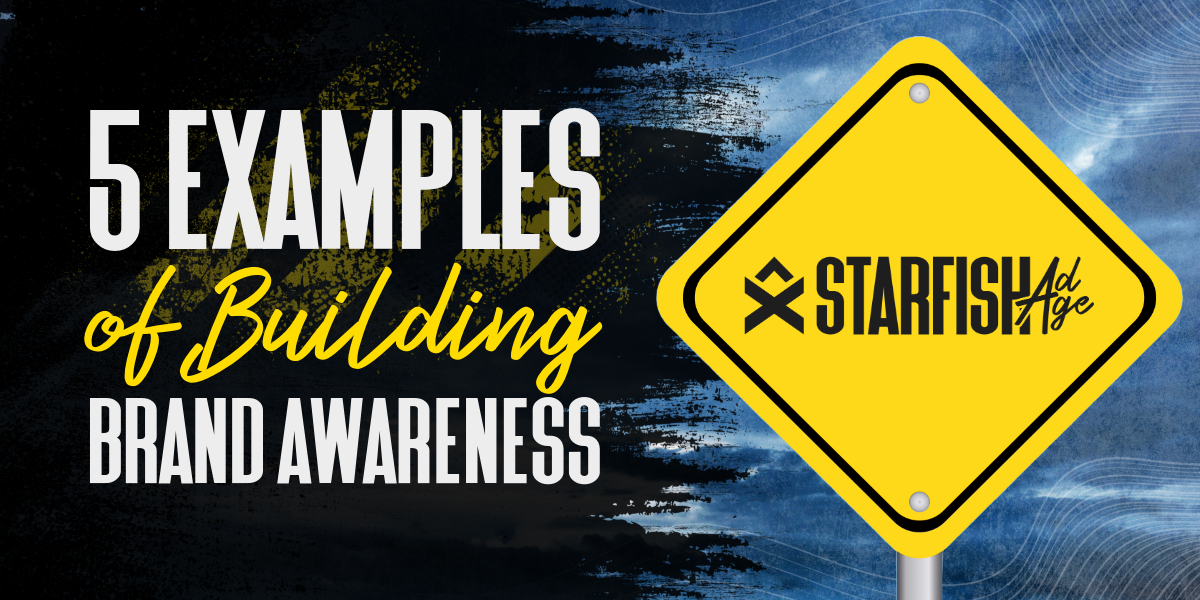
Discover five powerful strategies for building brand awareness, from partnerships and influencer marketing to social media and SEO.

Get the latest insights on Google’s ad tech monopoly trial and how it could reshape digital advertising, competition, and your ad strategies moving forward.

Follow TikTok’s legal battle against the ban and learn how it could affect creators. Get the facts and understand the potential future of the platform.

A few of the most significant marketing mistakes we’ve seen in 2024 so far, why they happen, and simple ways to avoid them to keep your campaigns on track.
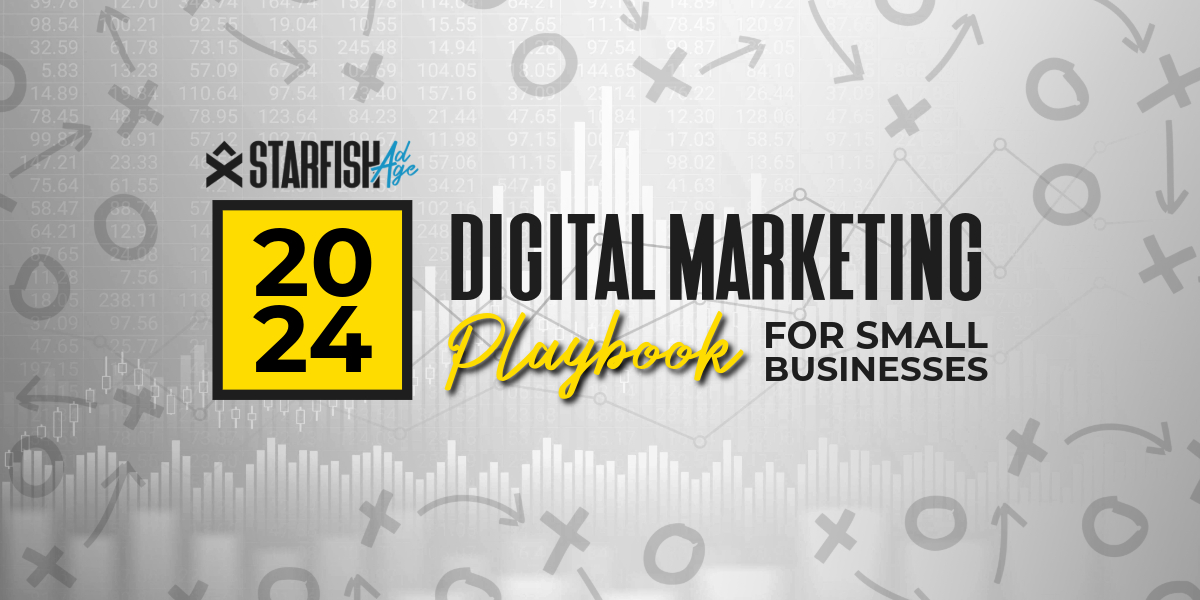
Explore key strategies in our 2024 Digital Marketing Guide. Learn to understand your audience, build an online presence, and optimize for business growth.

14 Essential Digital Marketing Solutions to Boost Your Business Growth

Learn about SEO, PPC, social media marketing, content marketing, and more to drive traffic and conversions. Read now!
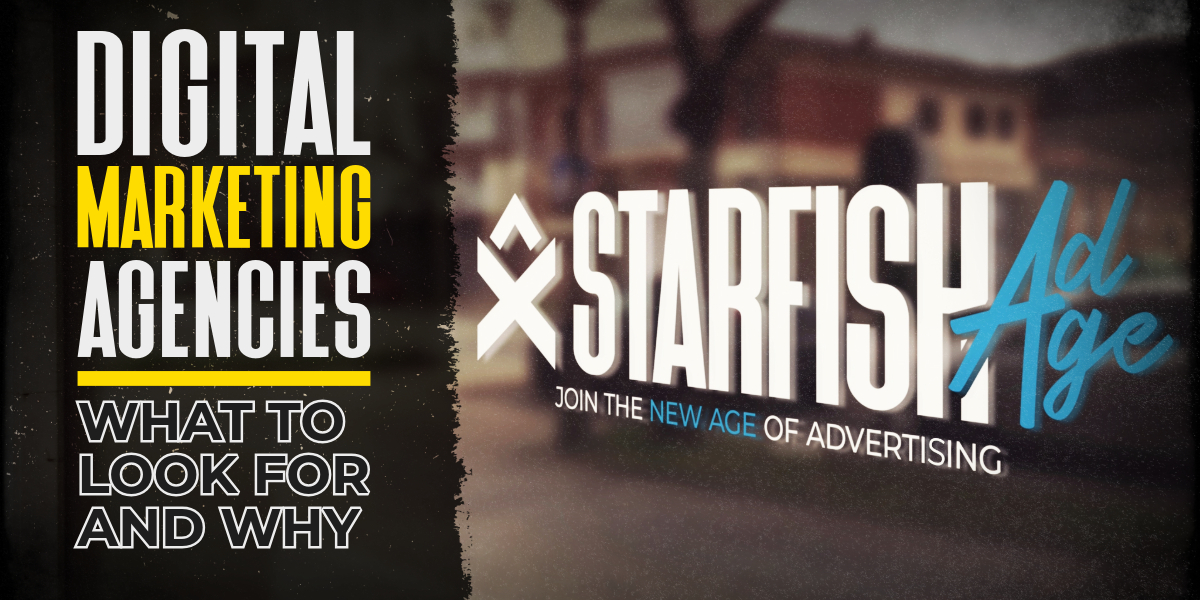
Learn how to select the best digital marketing agency for your small business, the benefits of hiring an agency, and tips for maximizing your online presence.
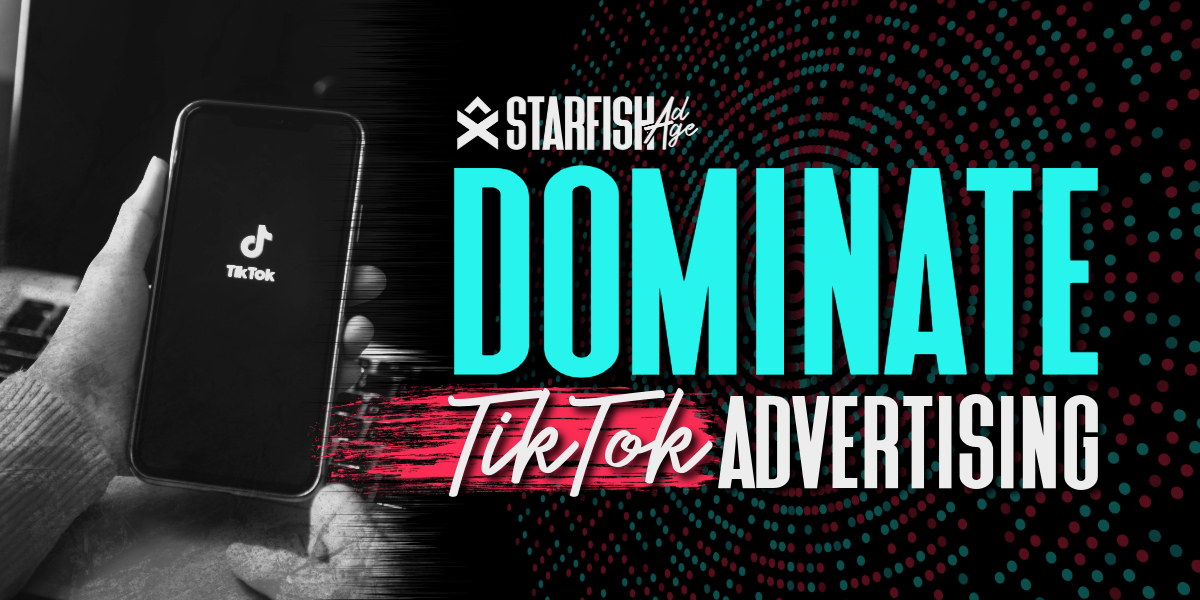
Learn how to leverage TikTok advertising, ad formats, targeting options, and best practices to increase brand awareness, and drive sales.

Learn about Connected TV (CTV) ads, their benefits, and how they work. Understand programmatic CTV advertising for effective digital marketing campaigns.

Discover the benefits of programmatic advertising, an automated method of buying digital ad space that enhances targeting, efficiency, and campaign performance.
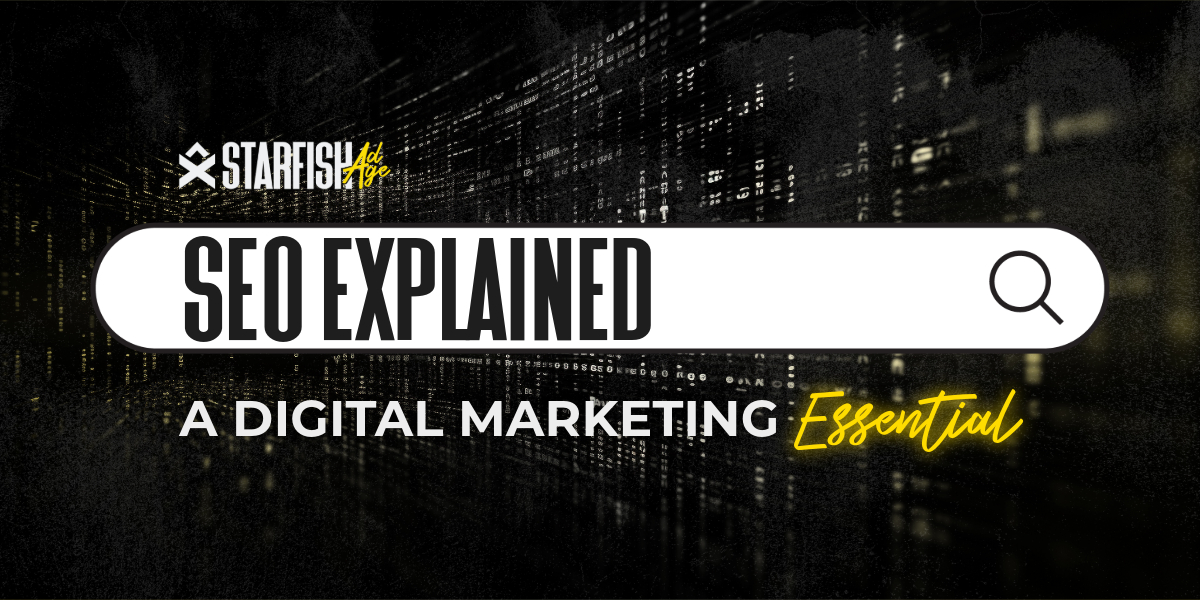
Discover what SEO in digital marketing is and why it matters. Learn how search engine optimization can increase your business’s success.

Learn how to advertise on Google effectively. The basics of Google Ads, from setting up your account to targeting your audience and driving qualified traffic.

Discover how to advertise on Facebook. Learn about Facebook ad campaigns, targeting options, and ad formats to reach your audience effectively.
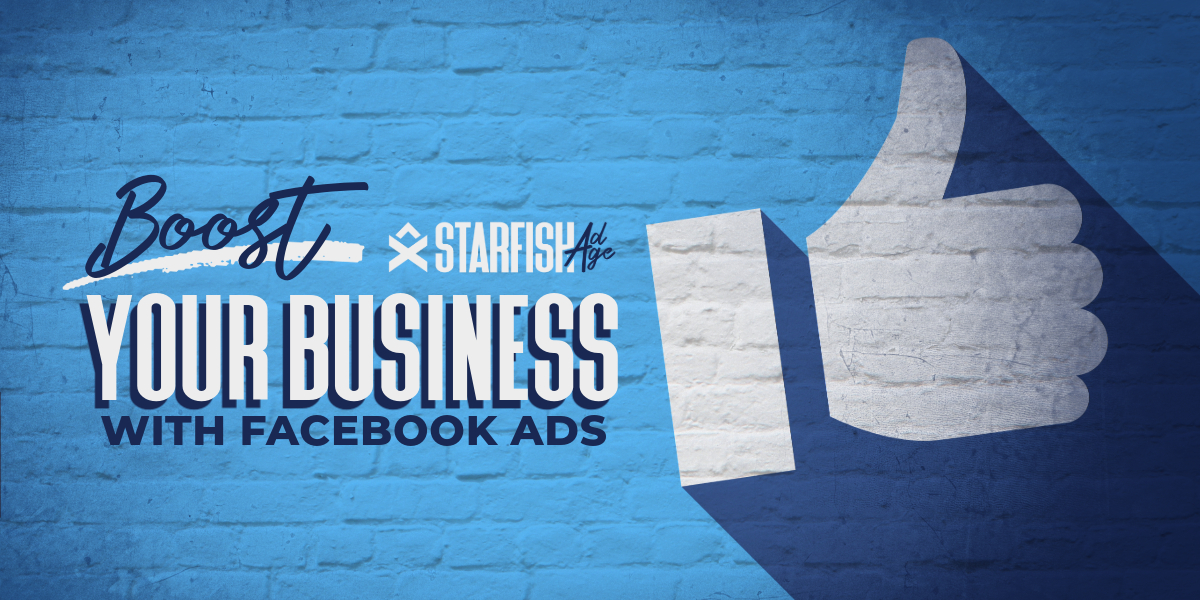
Discover how to advertise on Facebook. Learn about Facebook ad campaigns, targeting options, and ad formats to reach your audience effectively.

Explore digital marketing essentials for modern businesses. Explore the history, strategies, data-driven targeting, message marketing, and content creation.
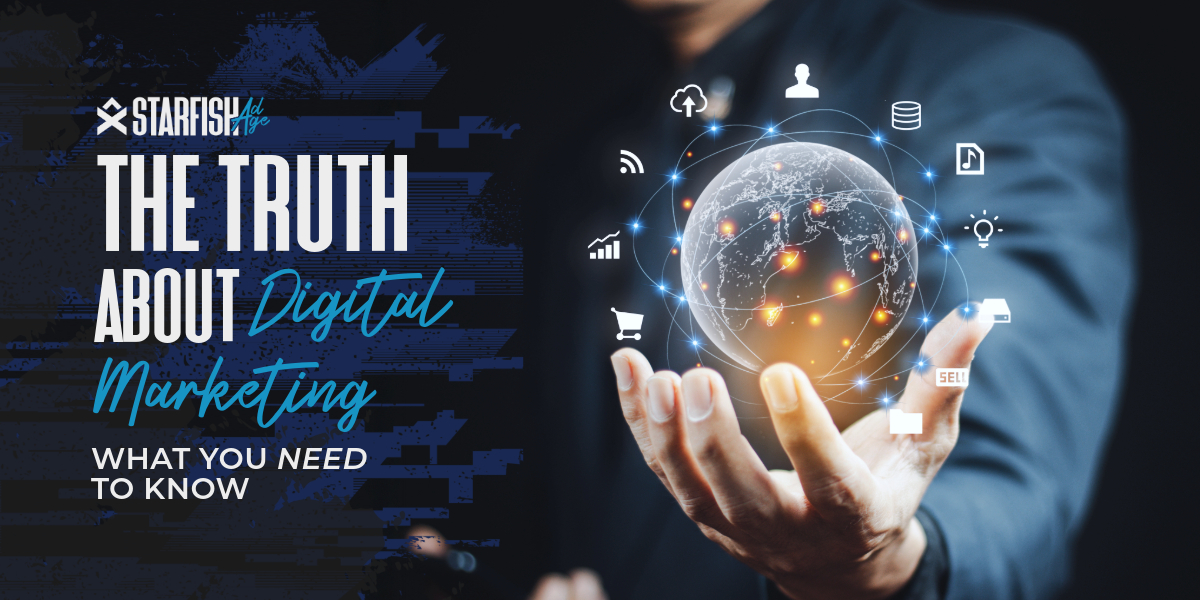
Explore digital marketing essentials for modern businesses. Explore the history, strategies, data-driven targeting, message marketing, and content creation.
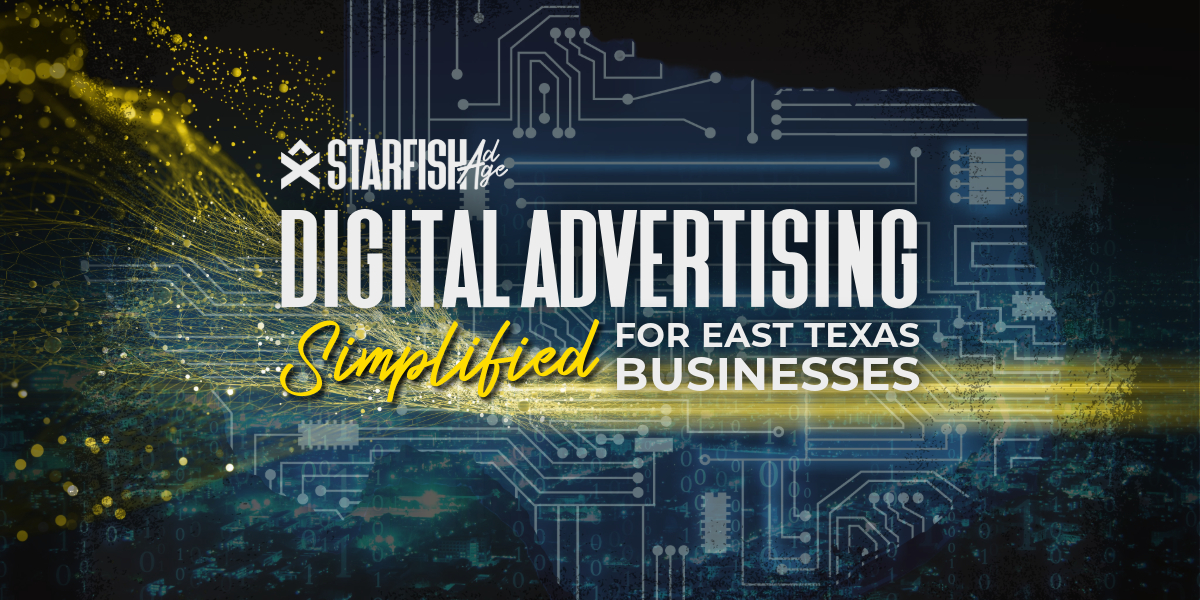
Explore the fundamentals and advanced strategies of how digital advertising works. Learn how to leverage targeted ads, and engage with your audience effectively.

Starfish Ad Age provides tips and strategies for choosing the best advertising platforms to promote your business, ensuring growth and maximizing ROI.

Discover how to get ahead in advertising with effective strategies and insights on how to grow your business in today’s digital environment.

Learn how brand identity, effective logo design, and a cohesive brand strategy can transform your business. Explore essential tips for impactful branding.

Learn how brand identity, effective logo design, and a cohesive brand strategy can transform your business. Explore essential tips for impactful branding.
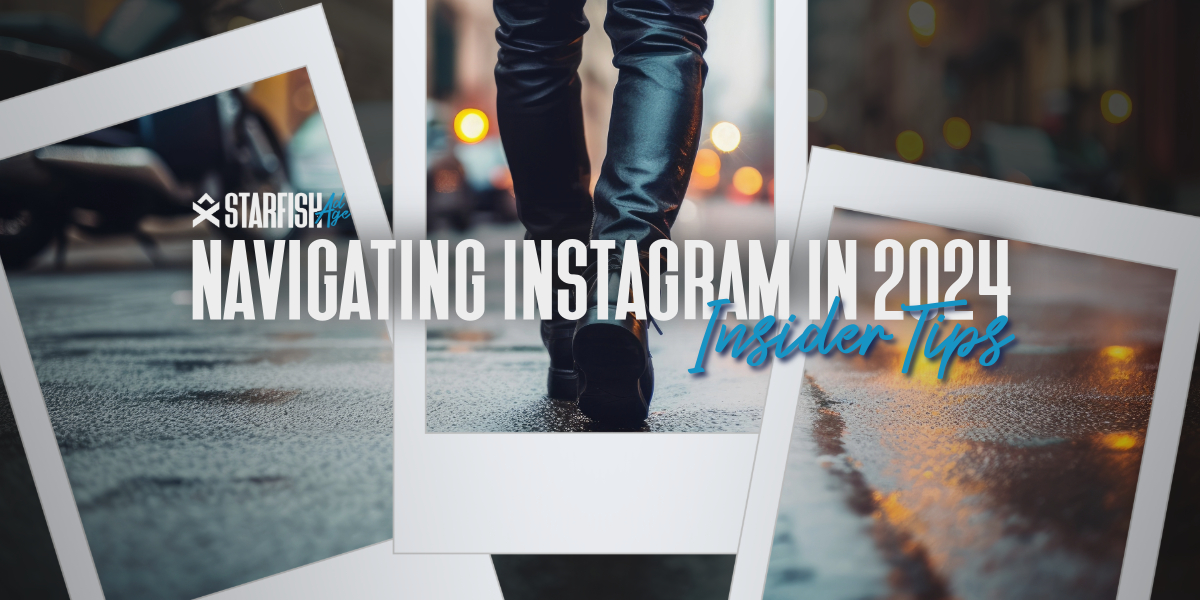
Gain insights from success stories and FAQs to optimize your Instagram strategy and connect with your target audience more effectively than ever before.
All Rights Reserved | Starfish Ad Age LLC | 2023 | Privacy Policy